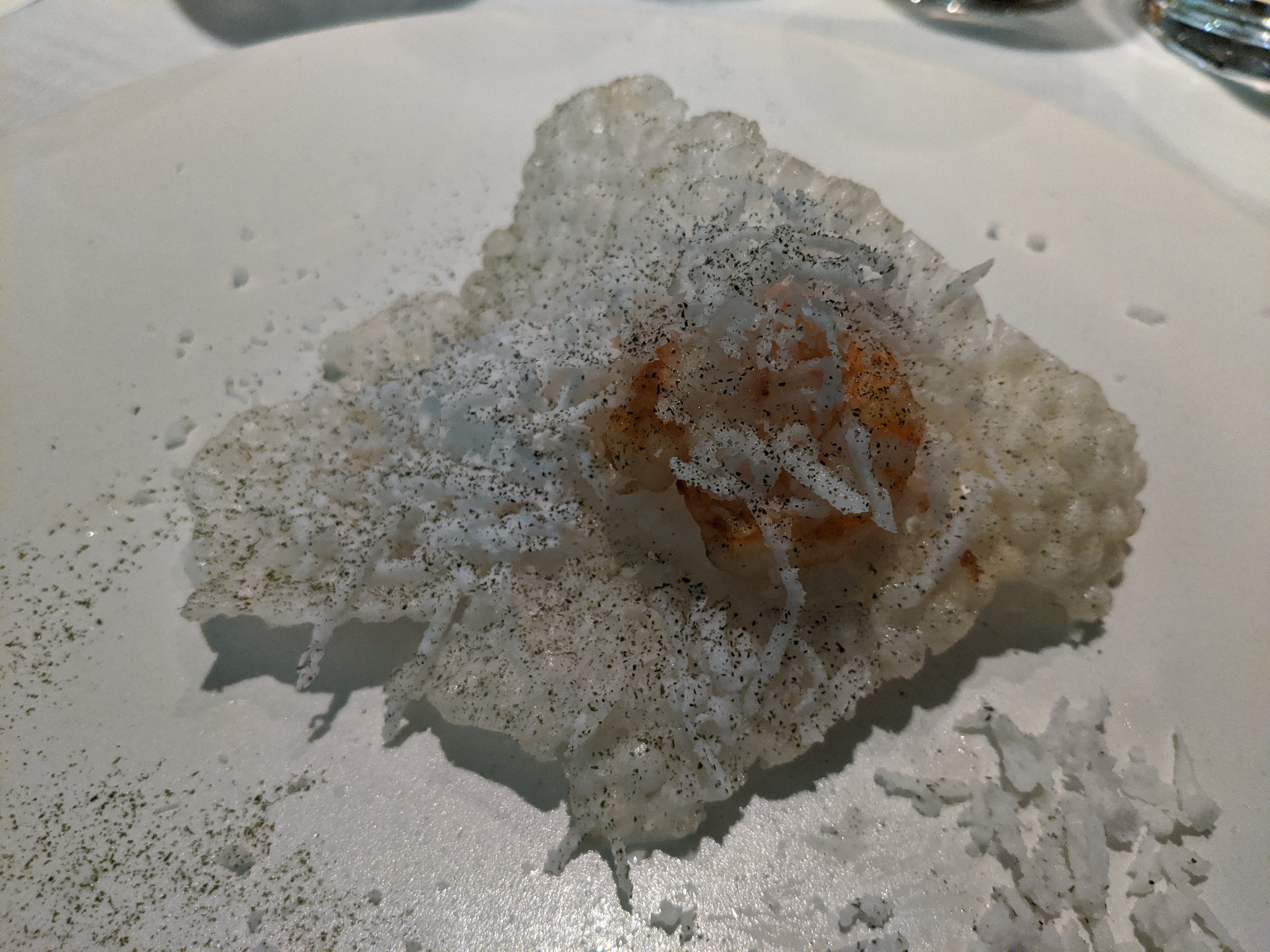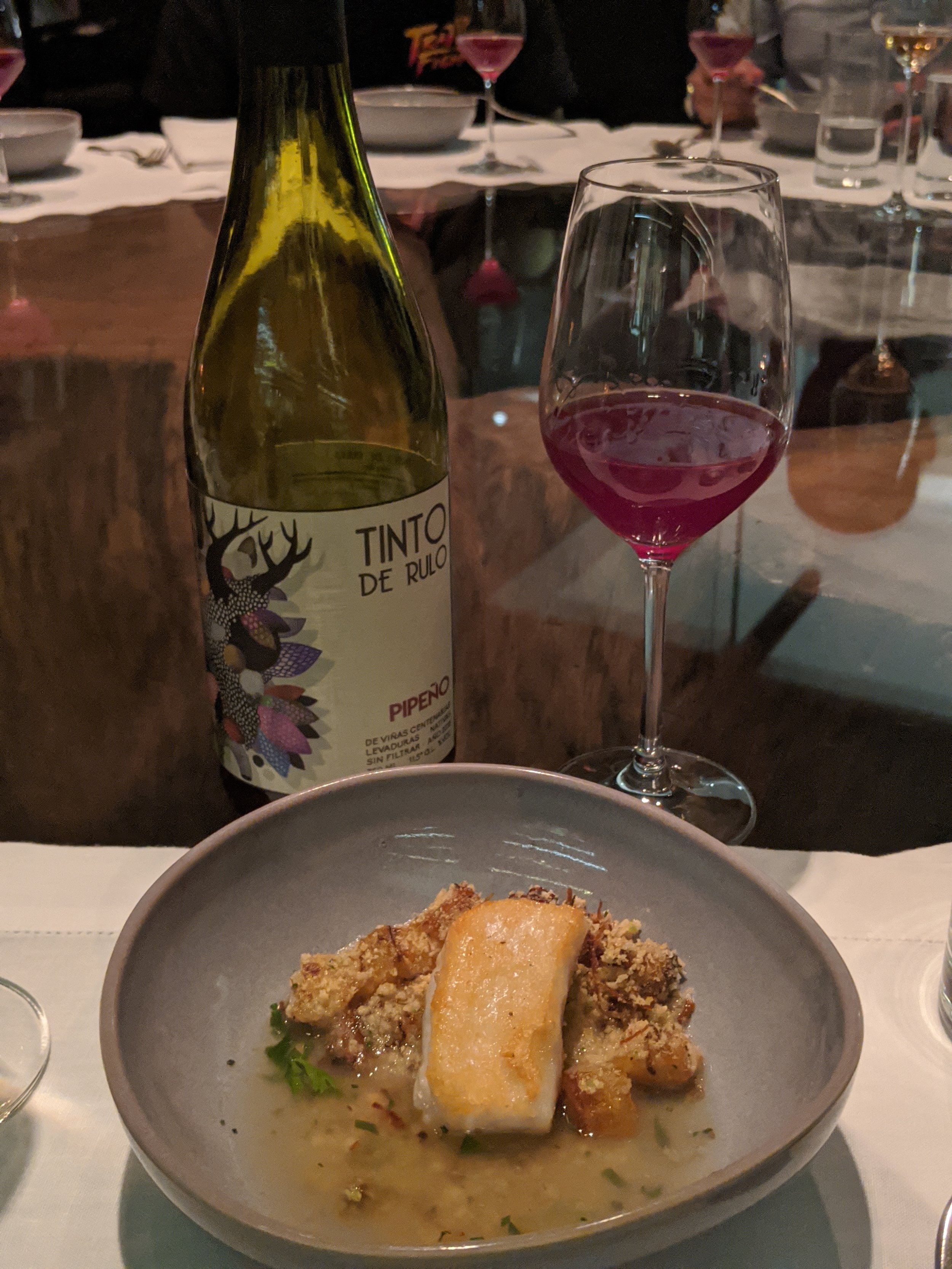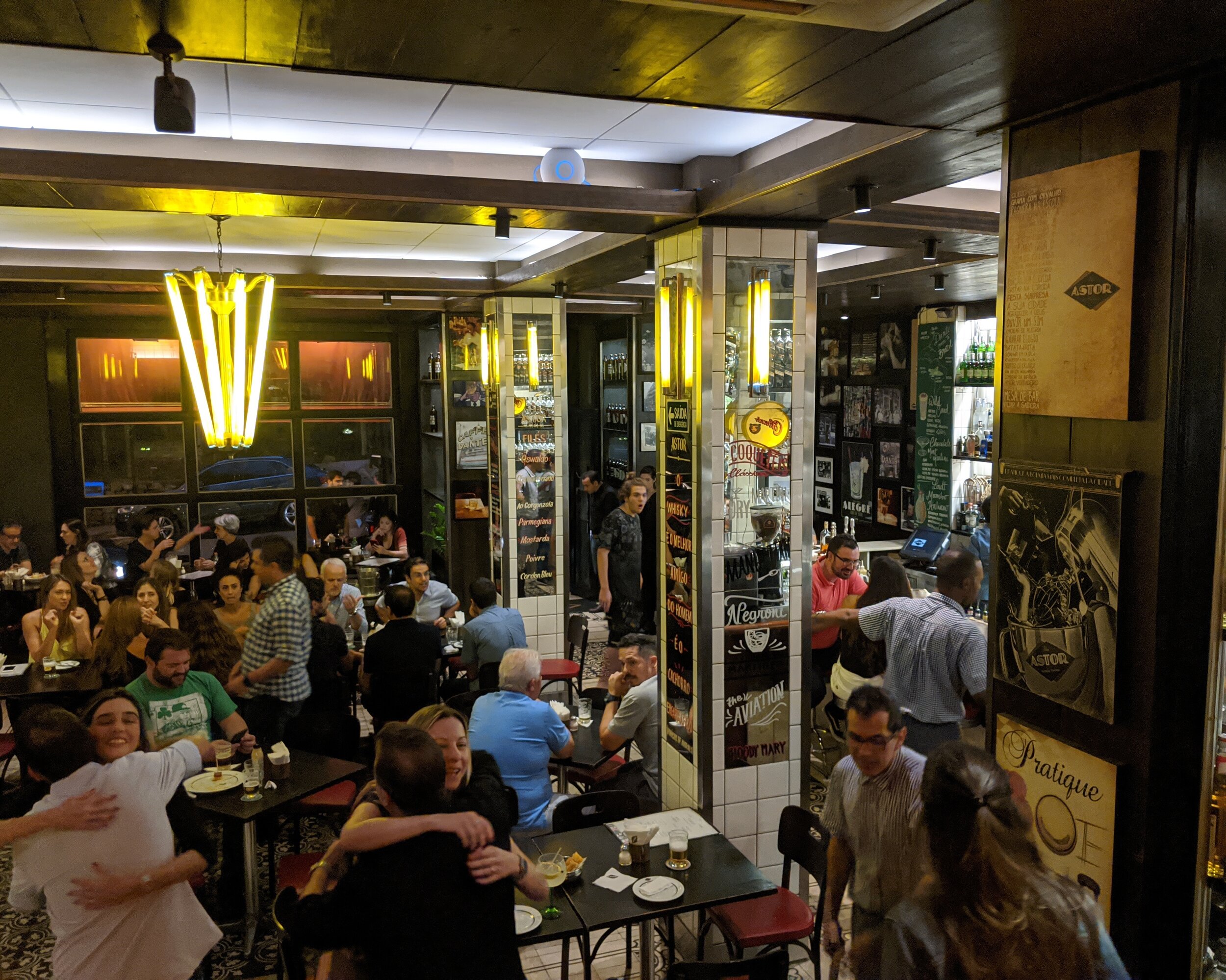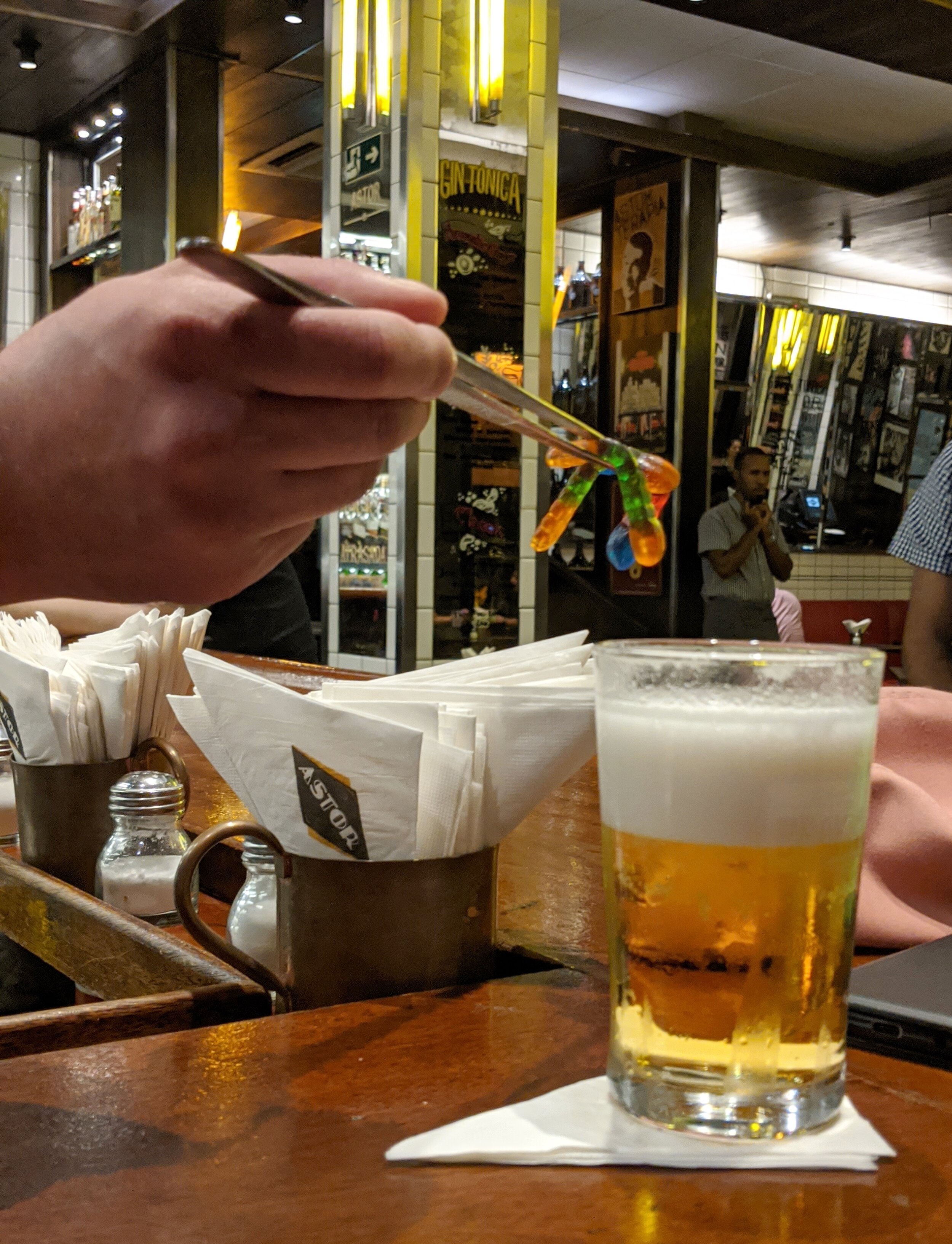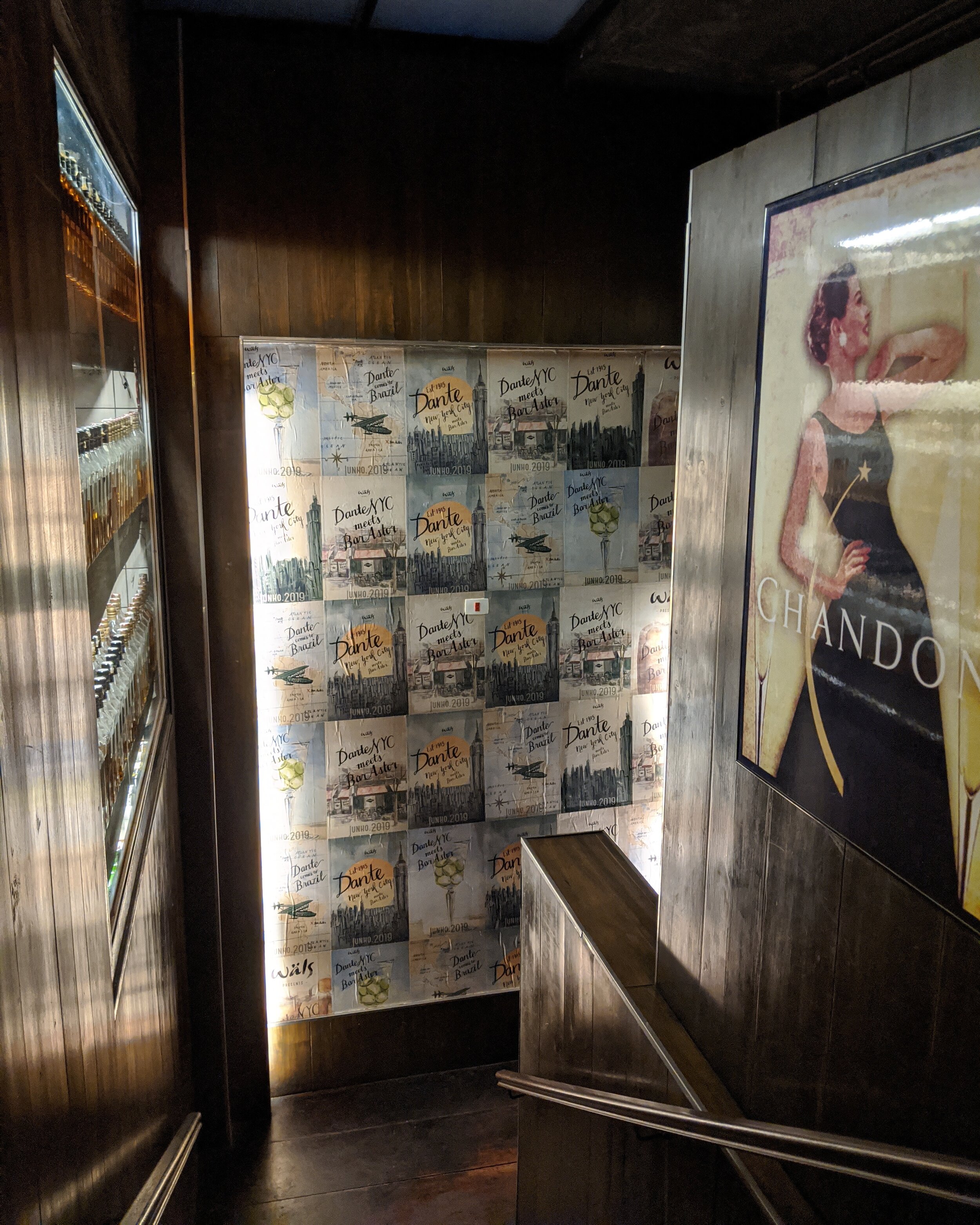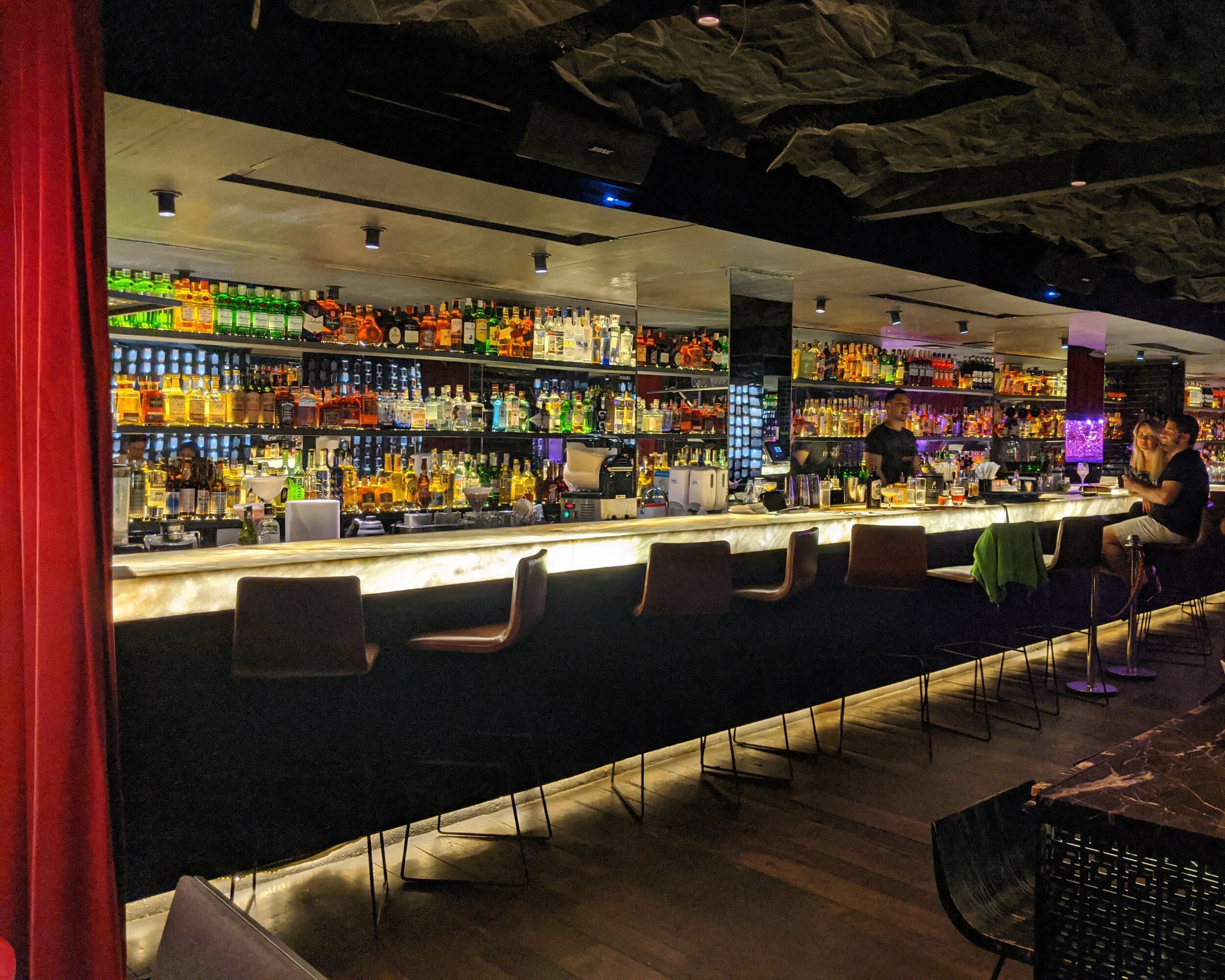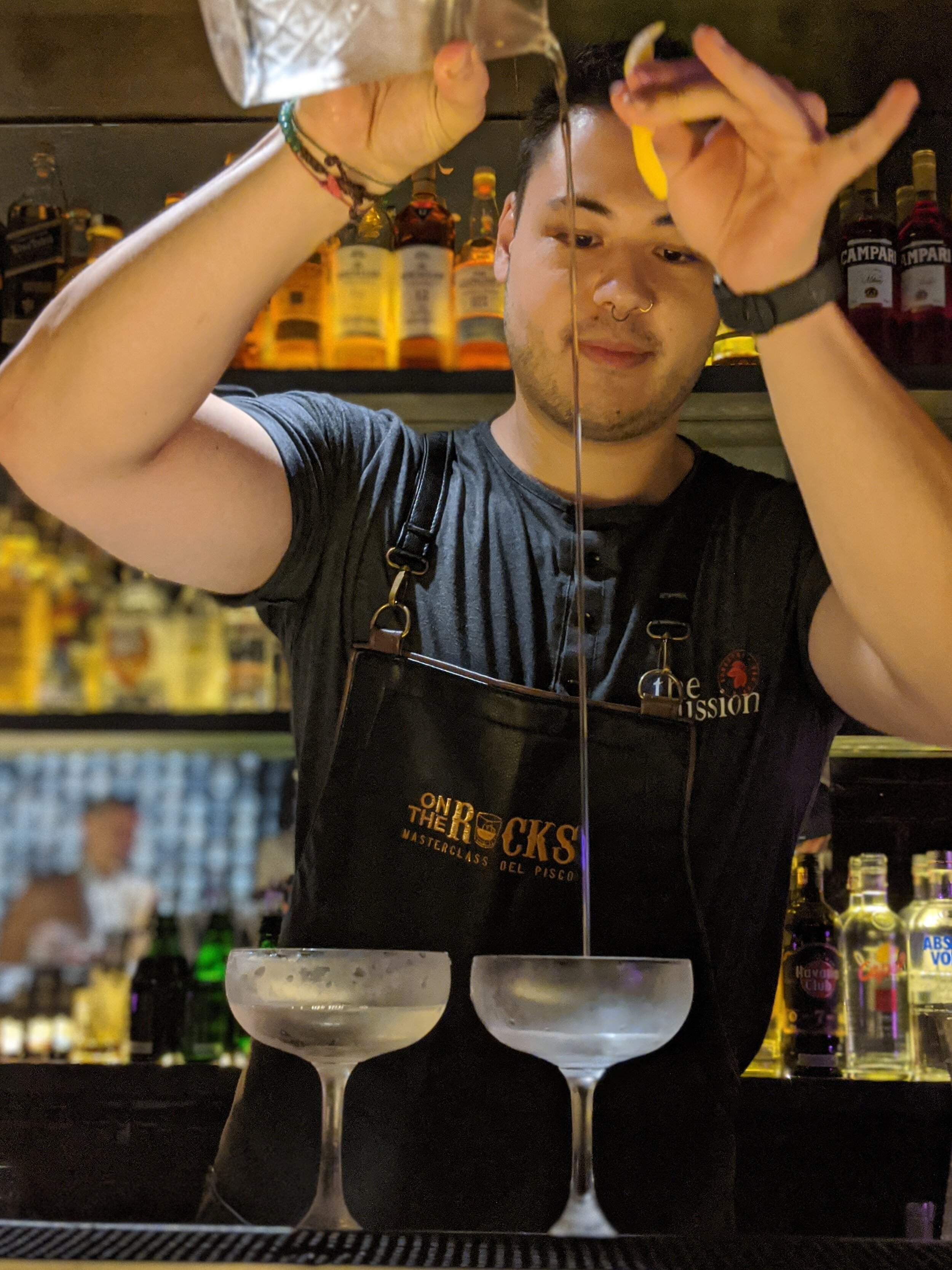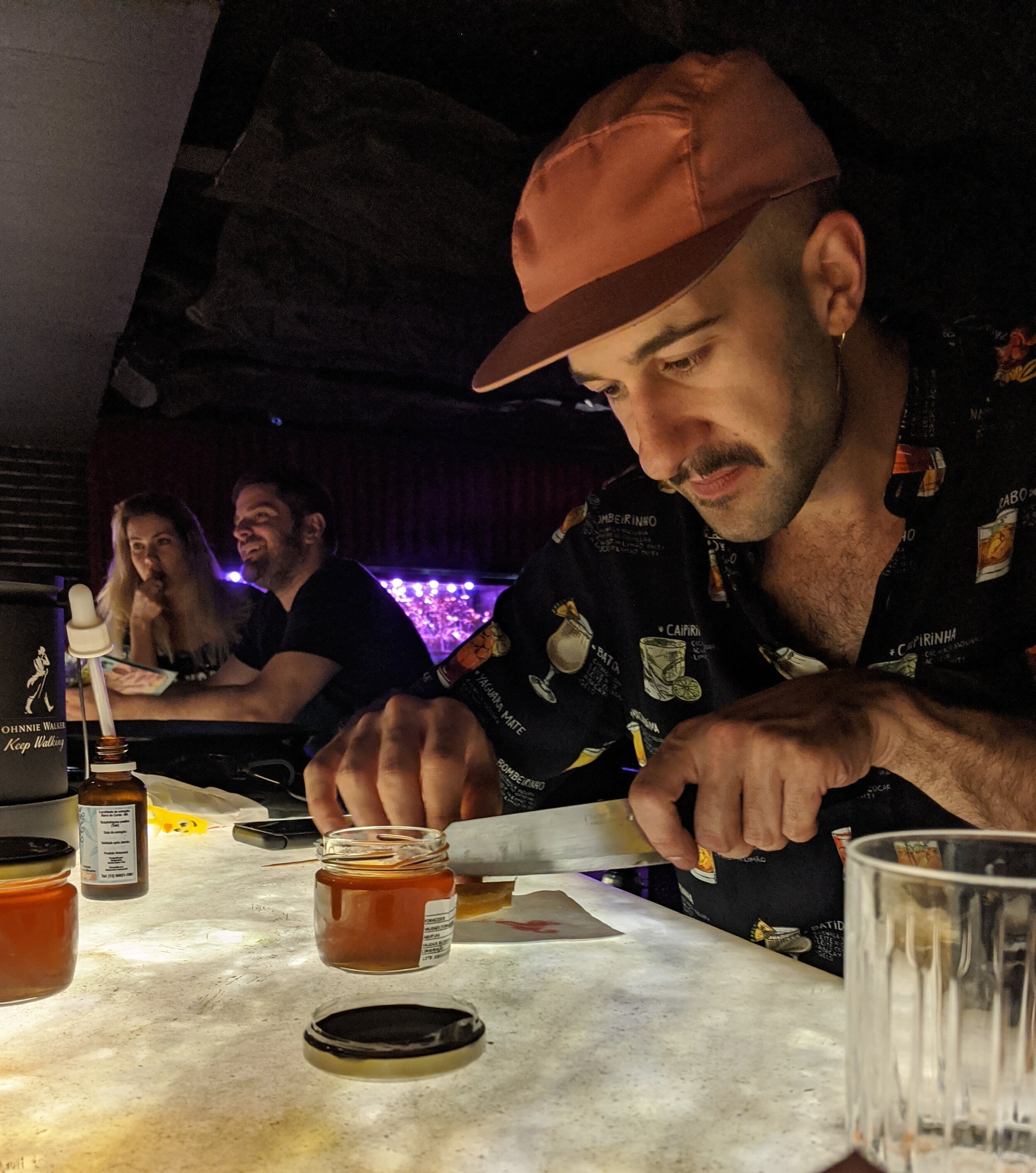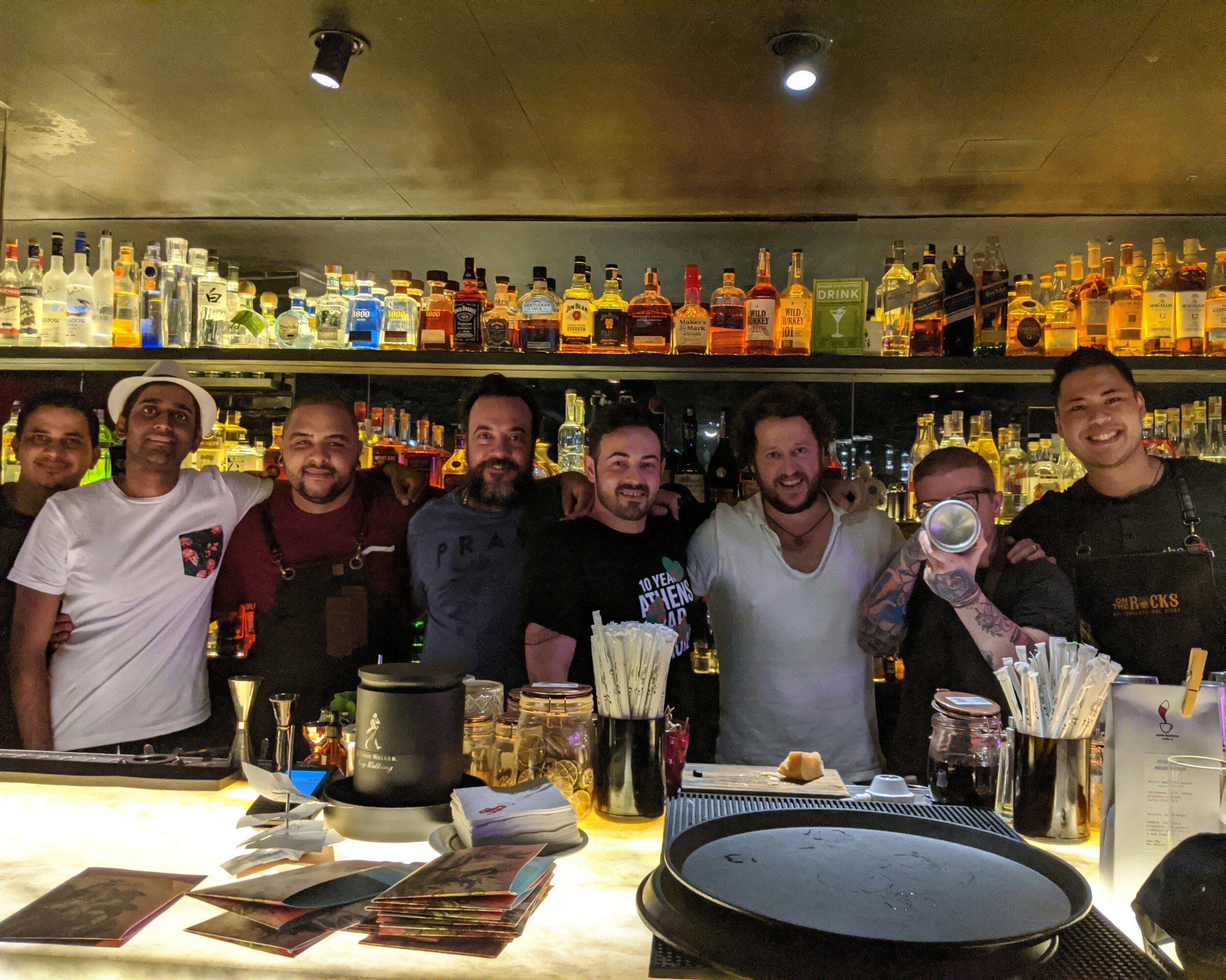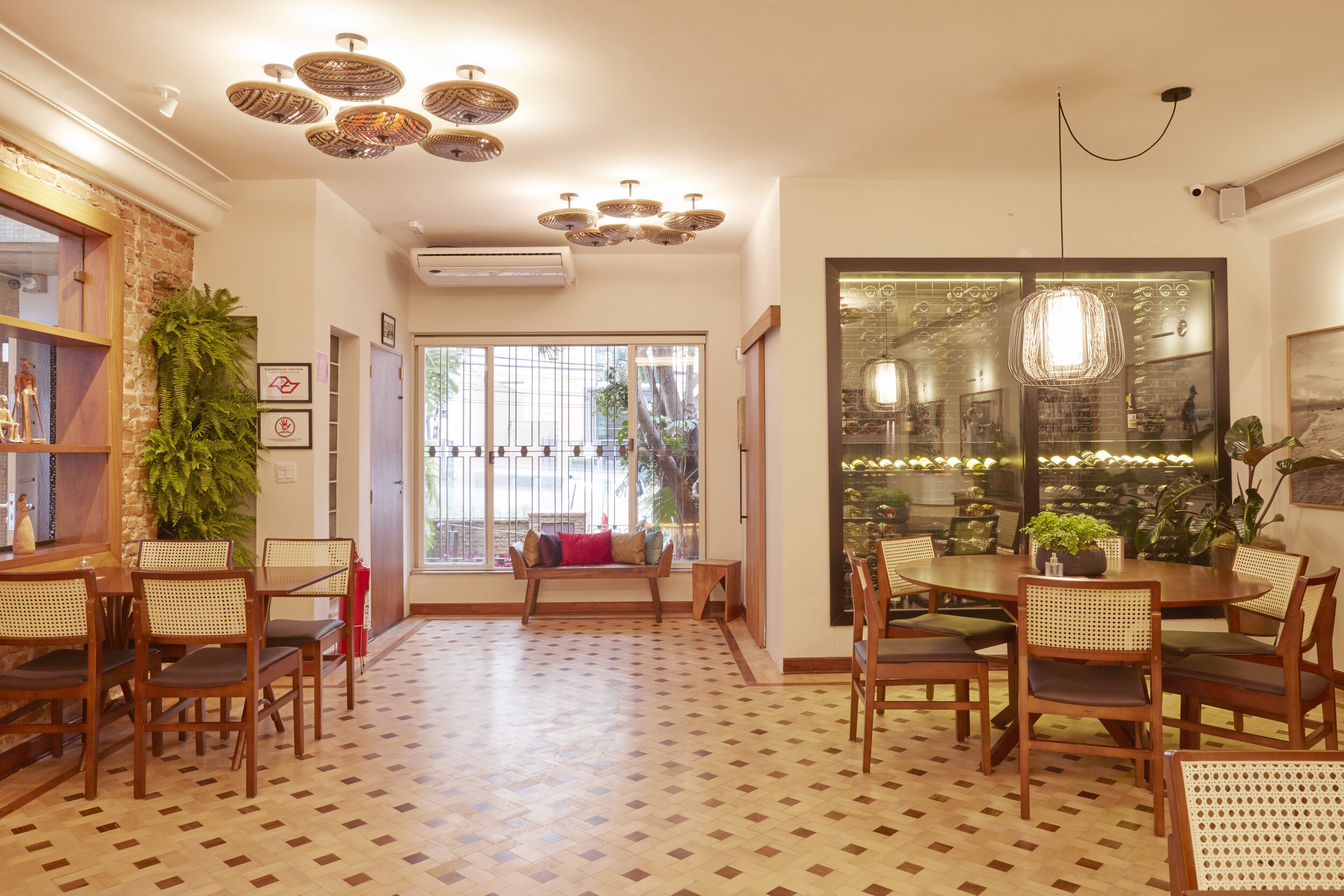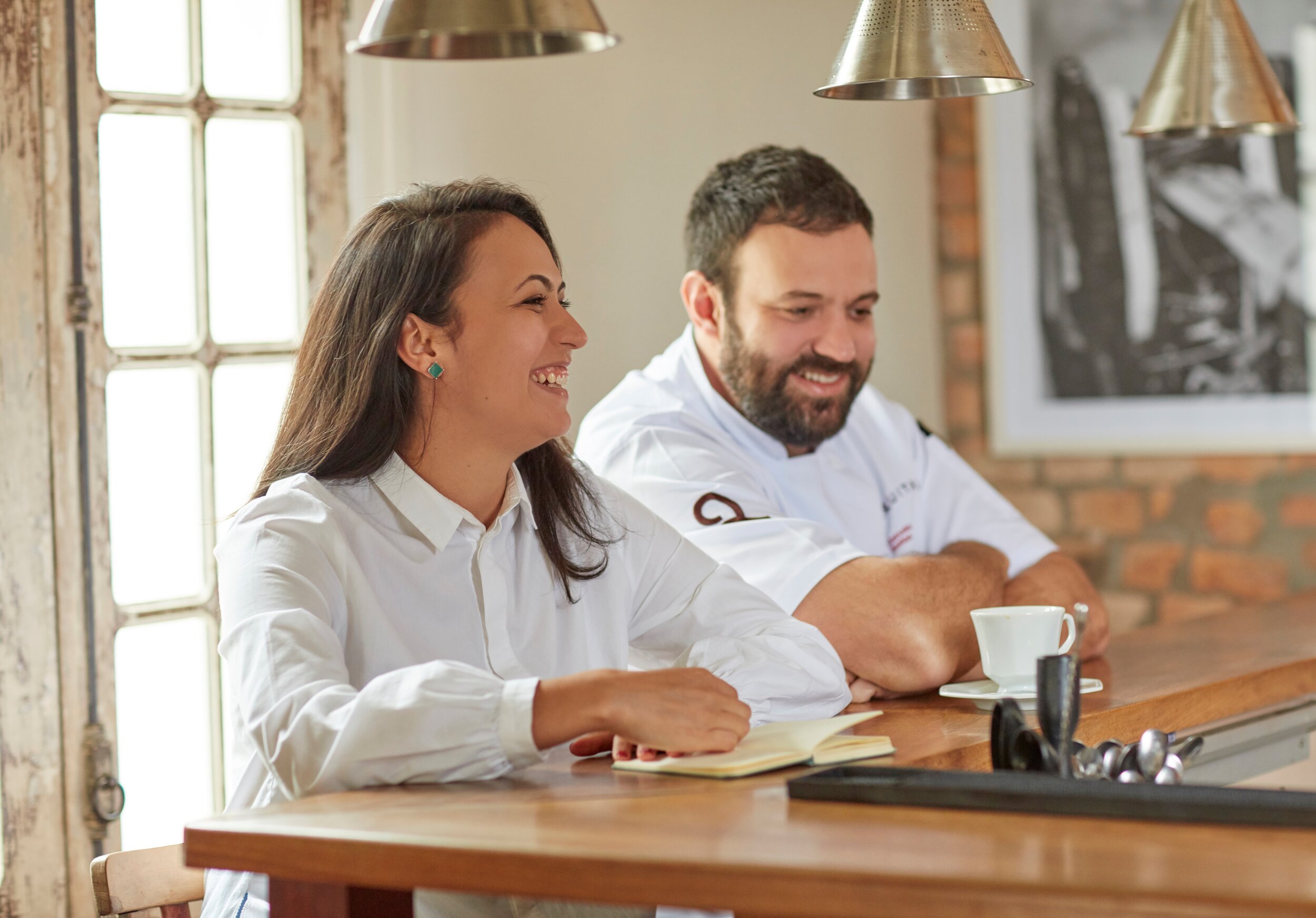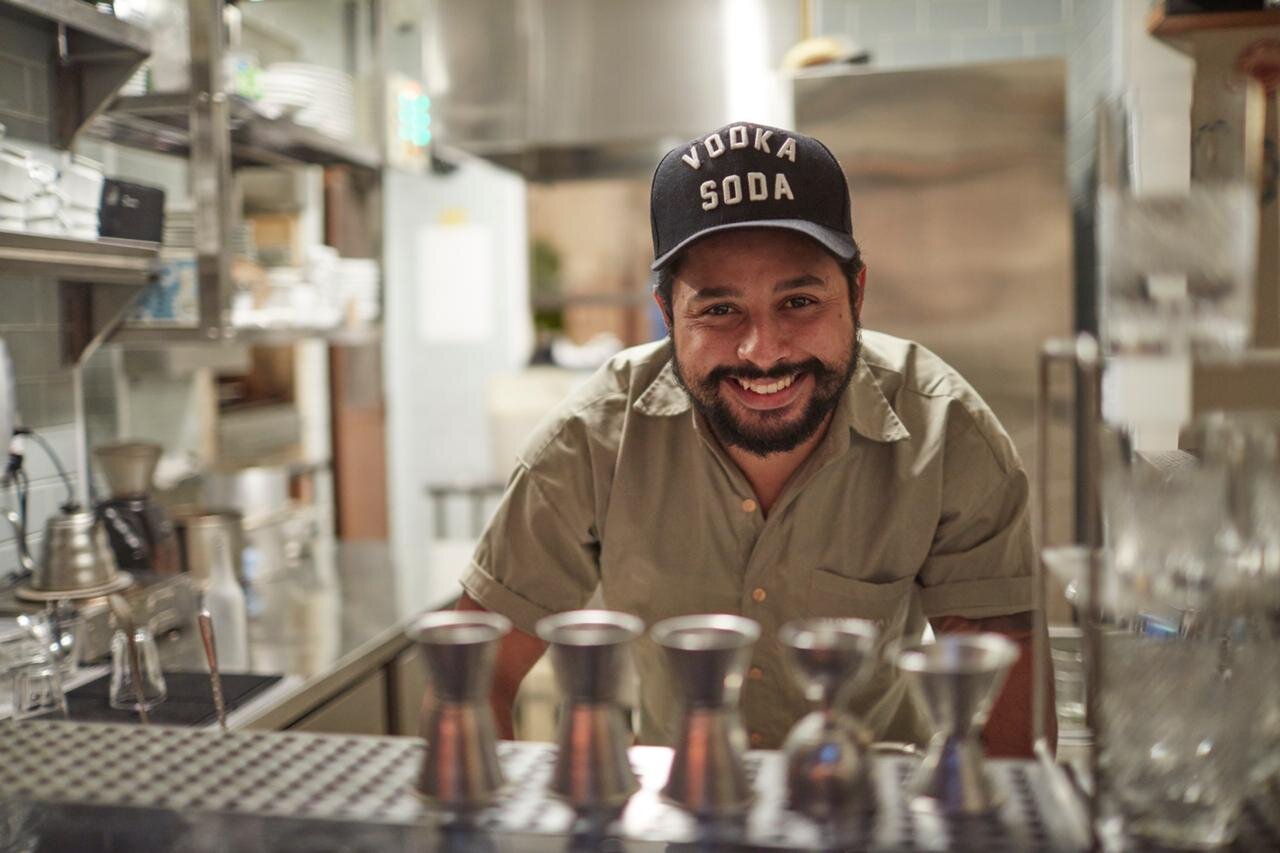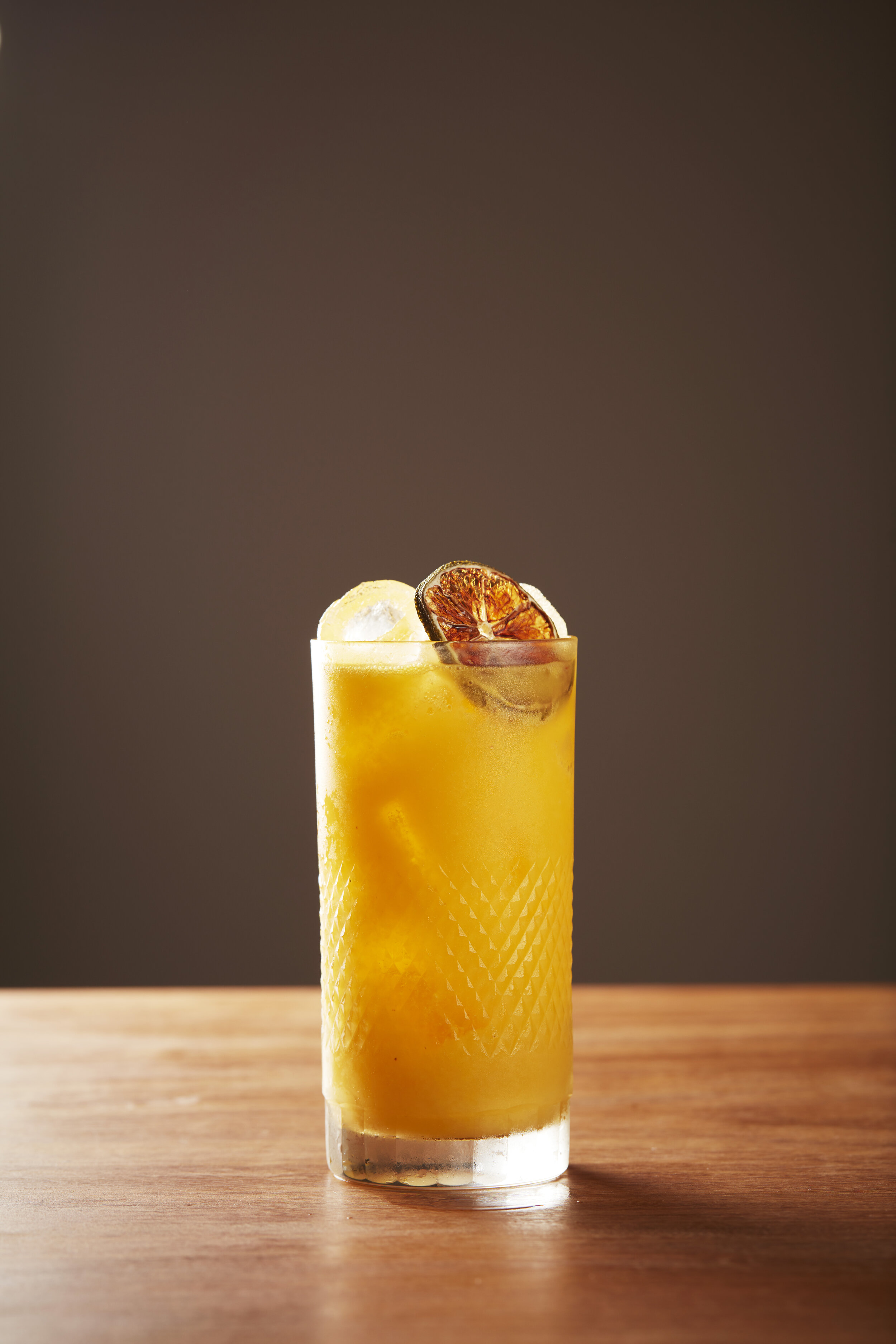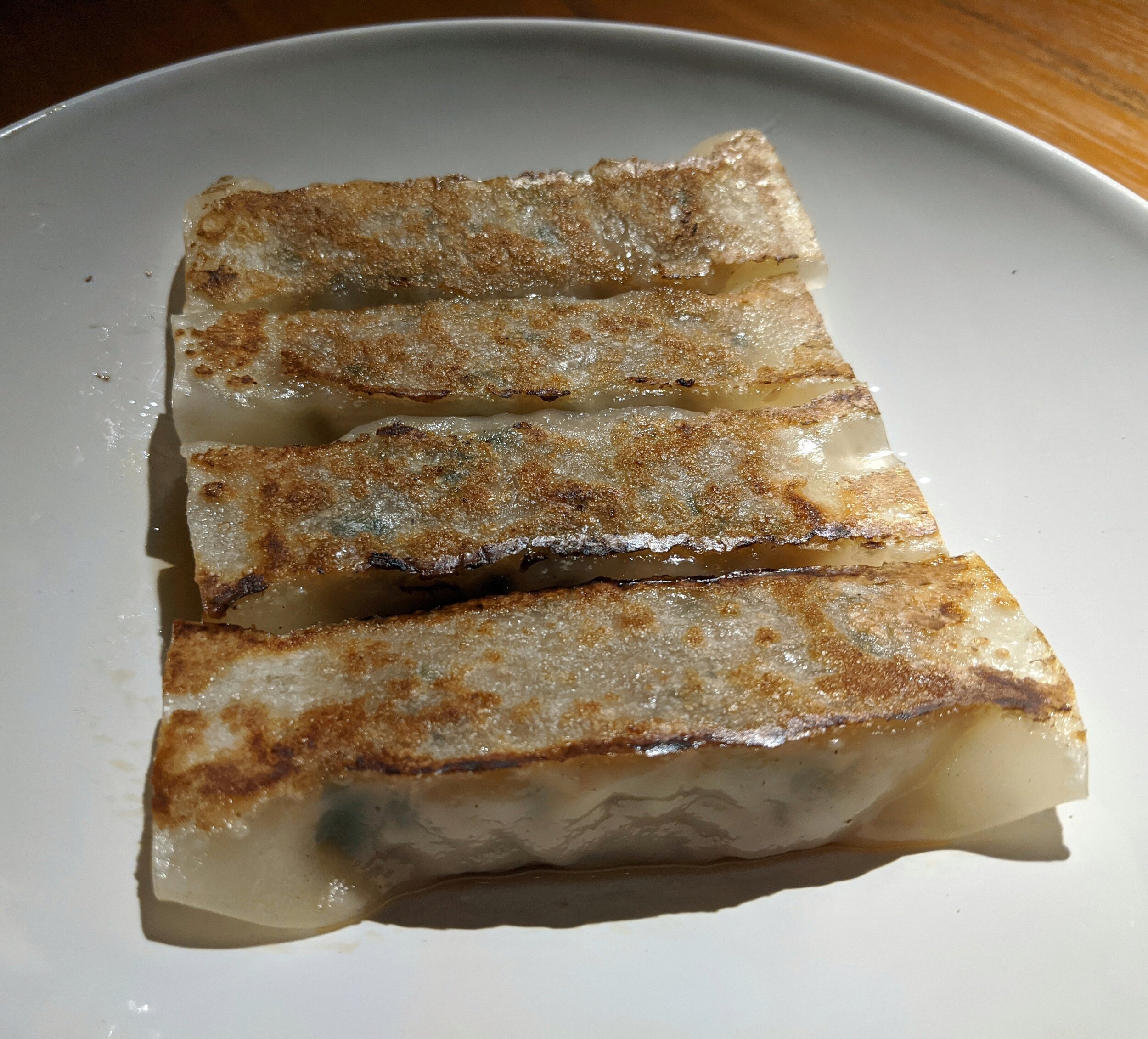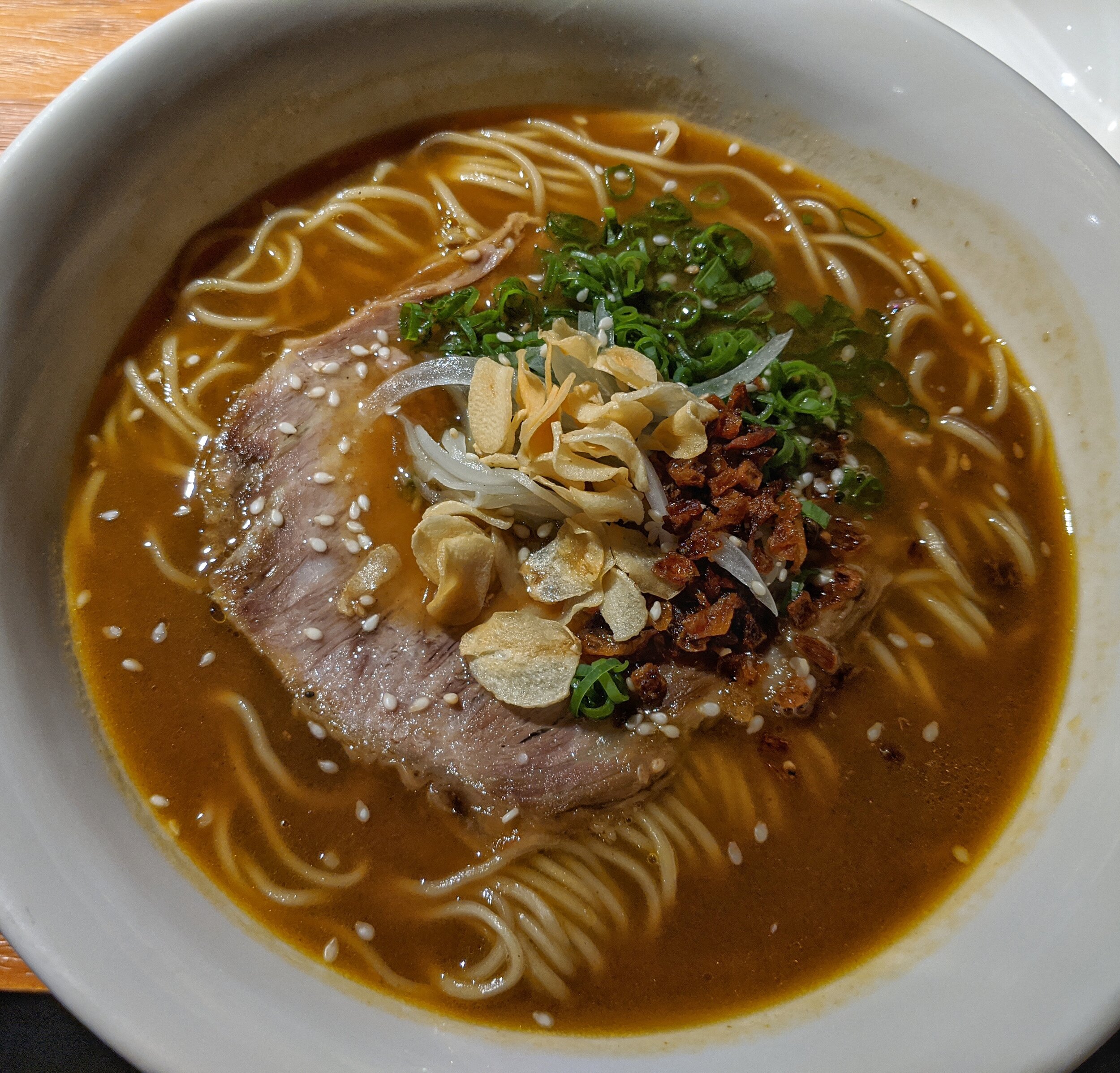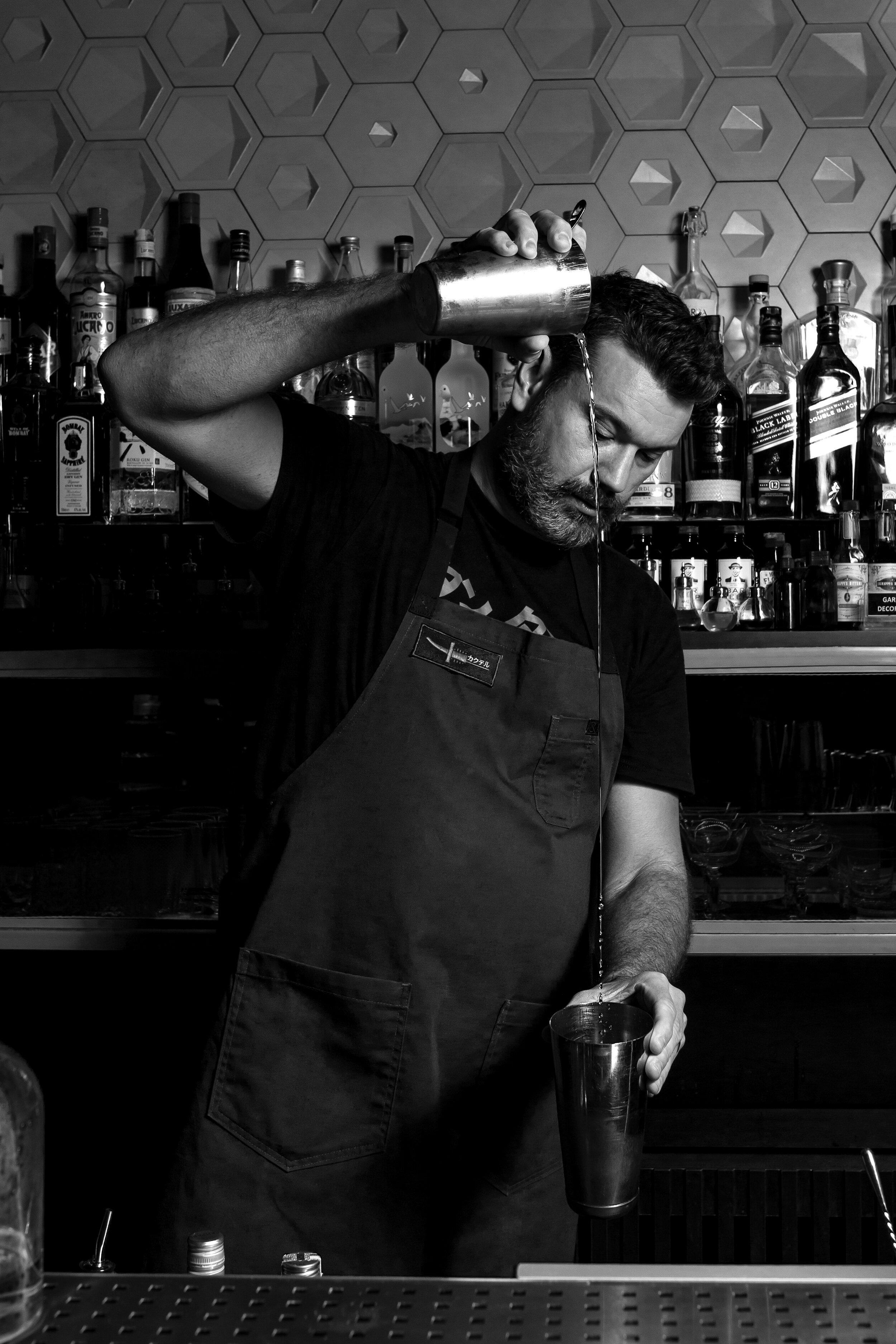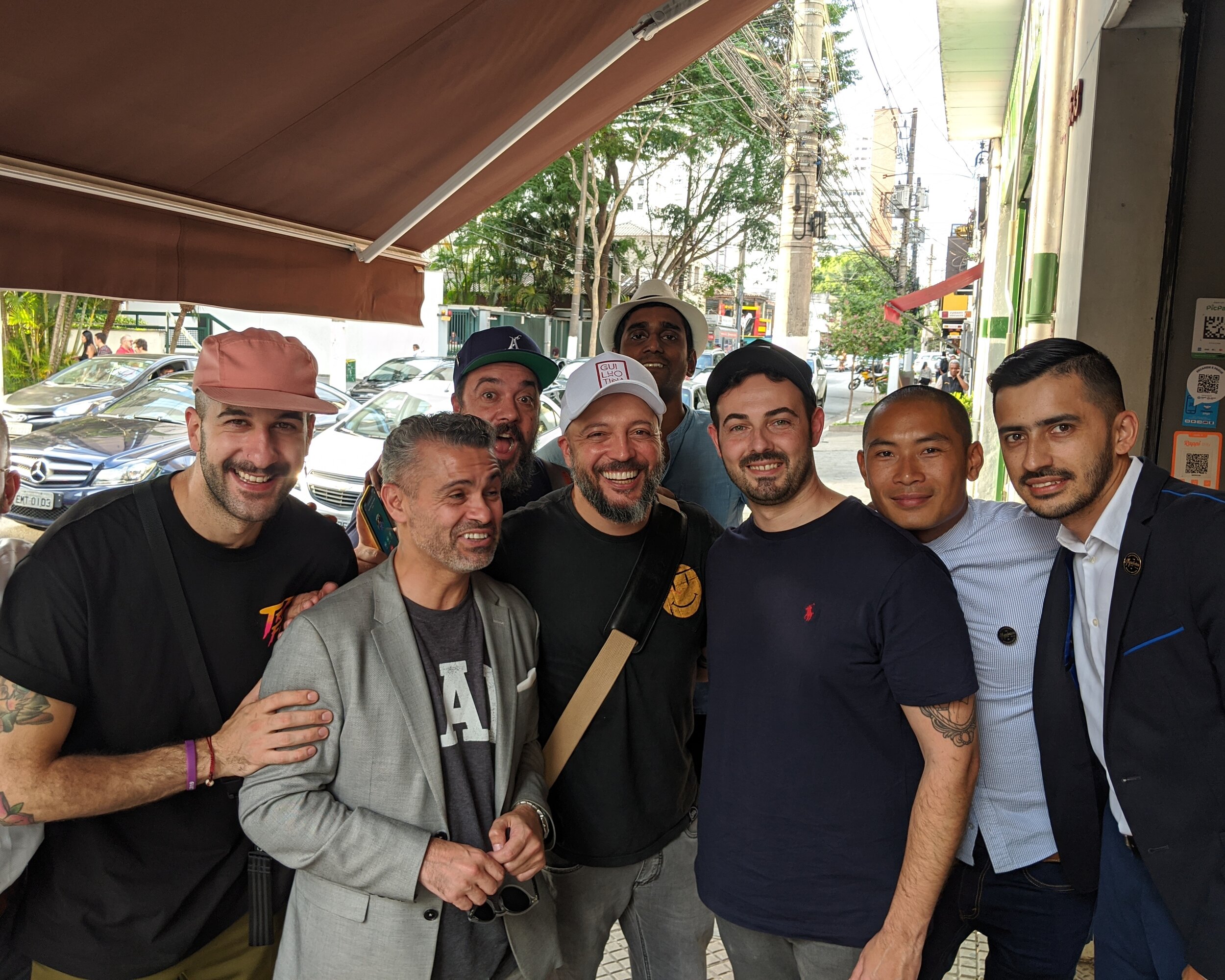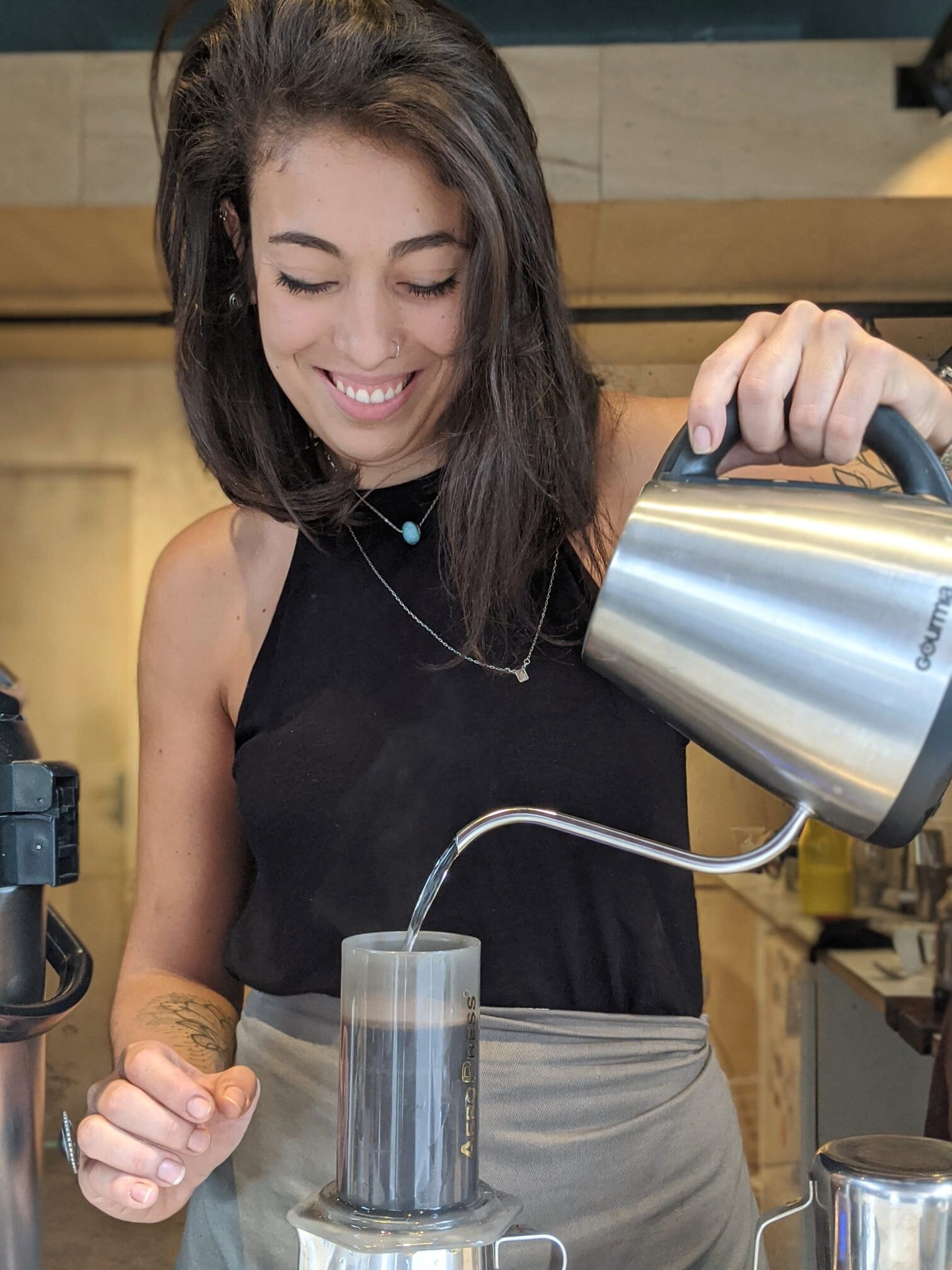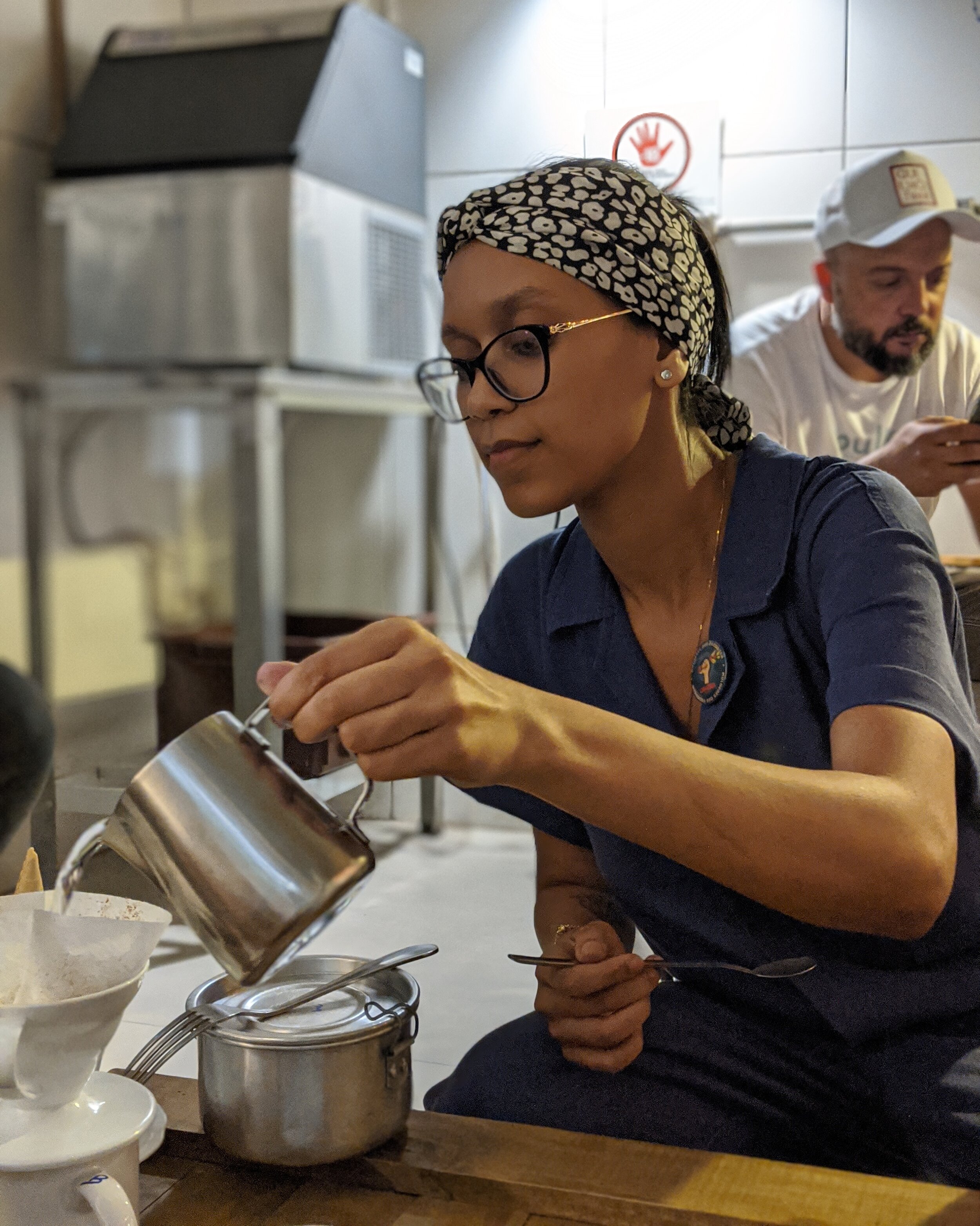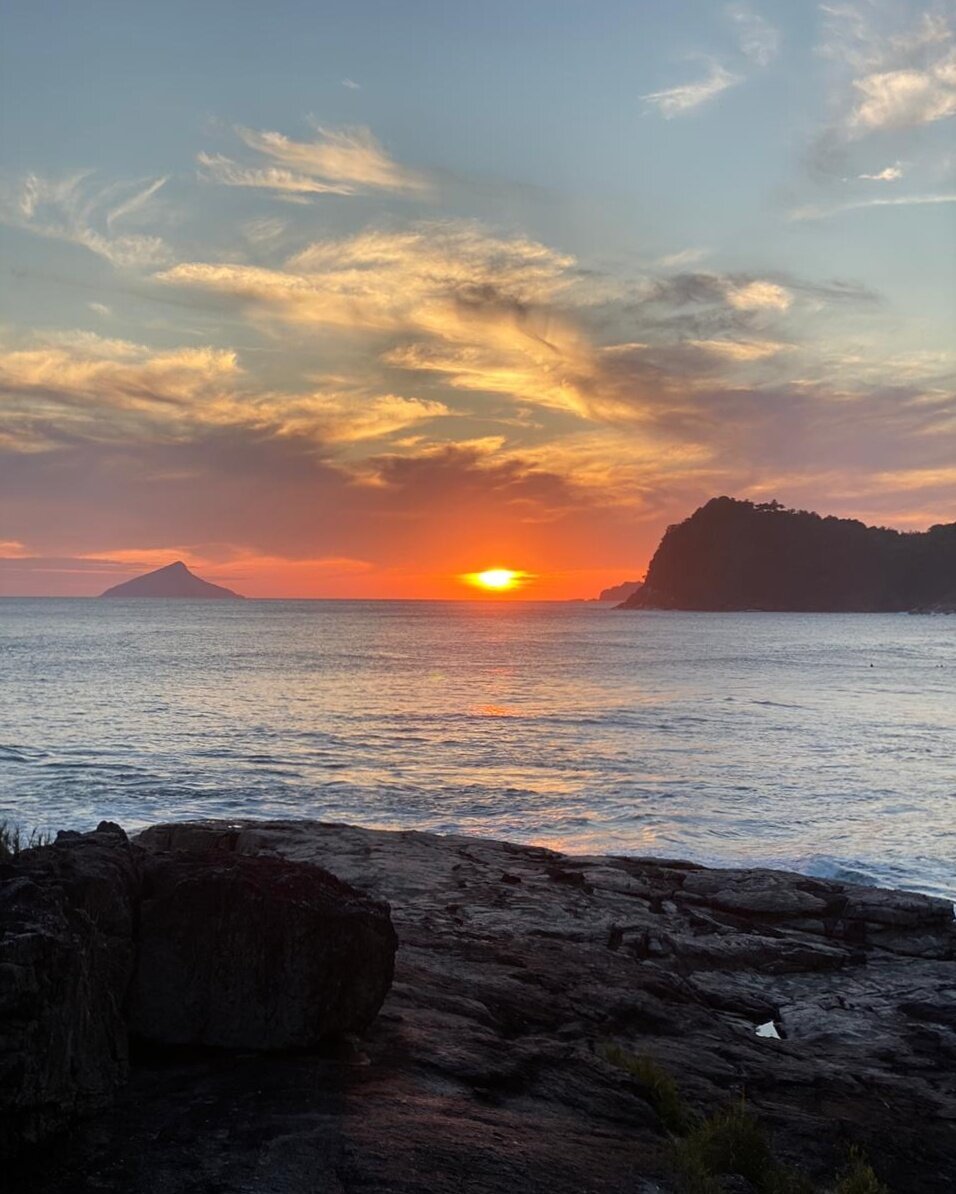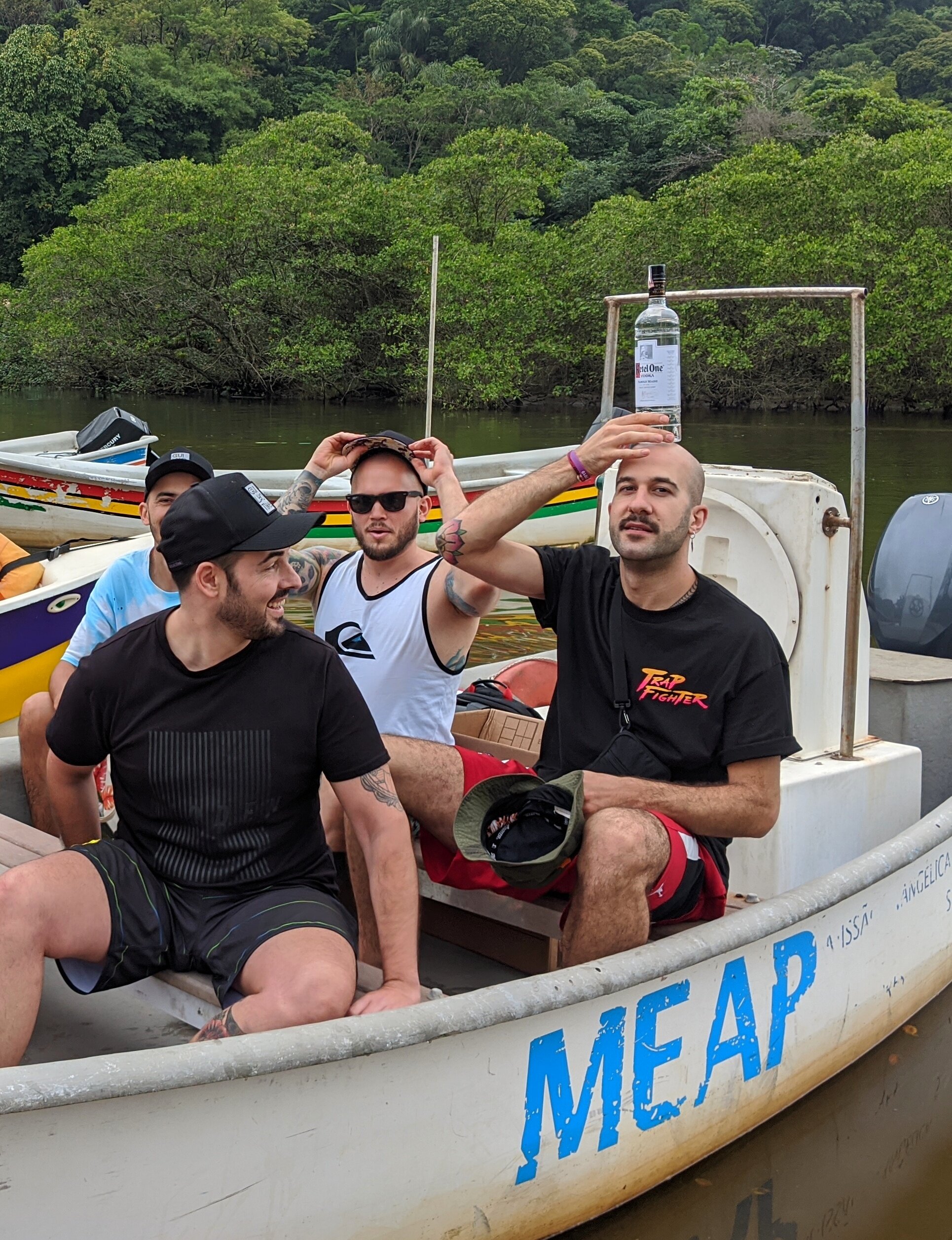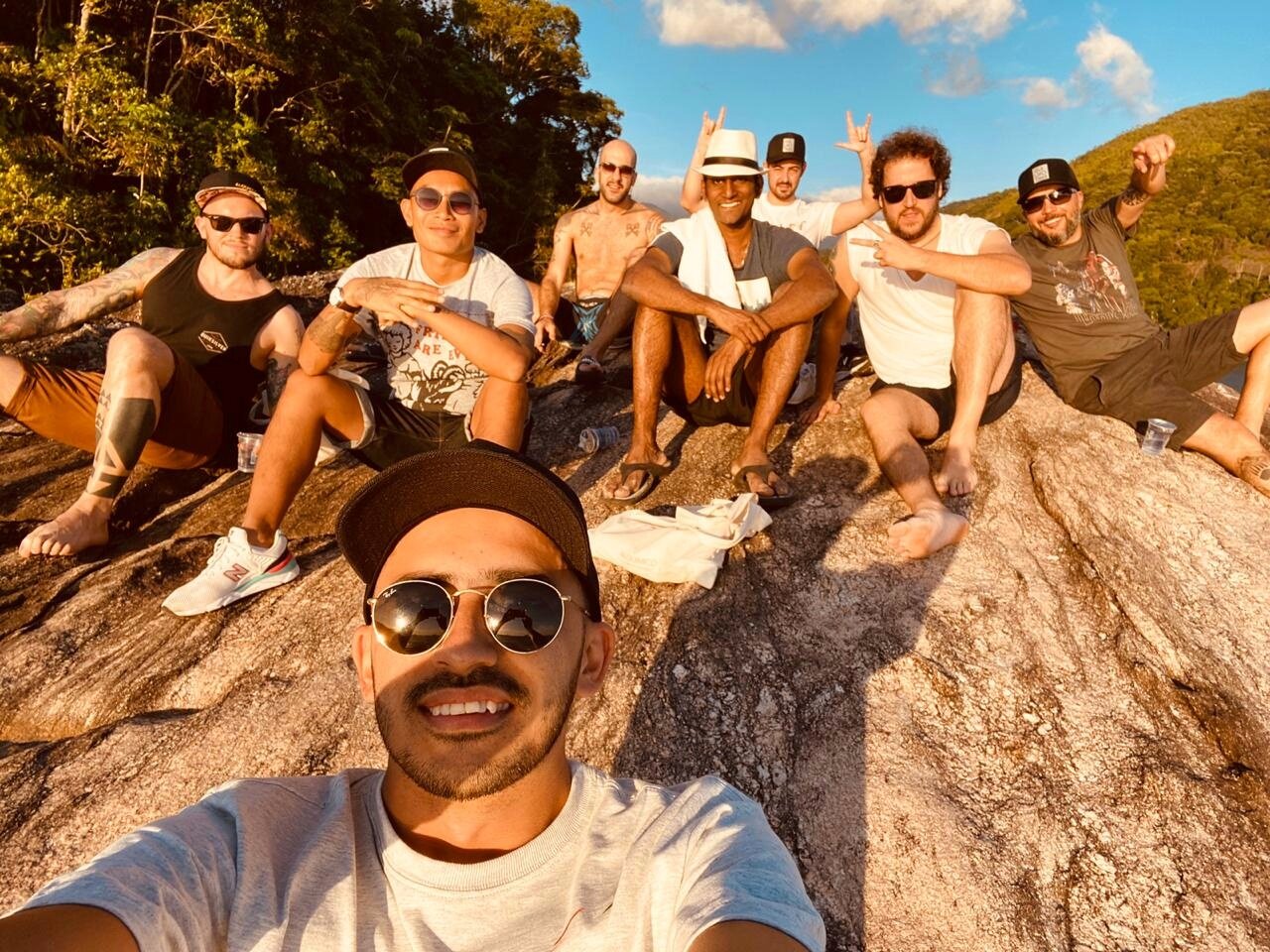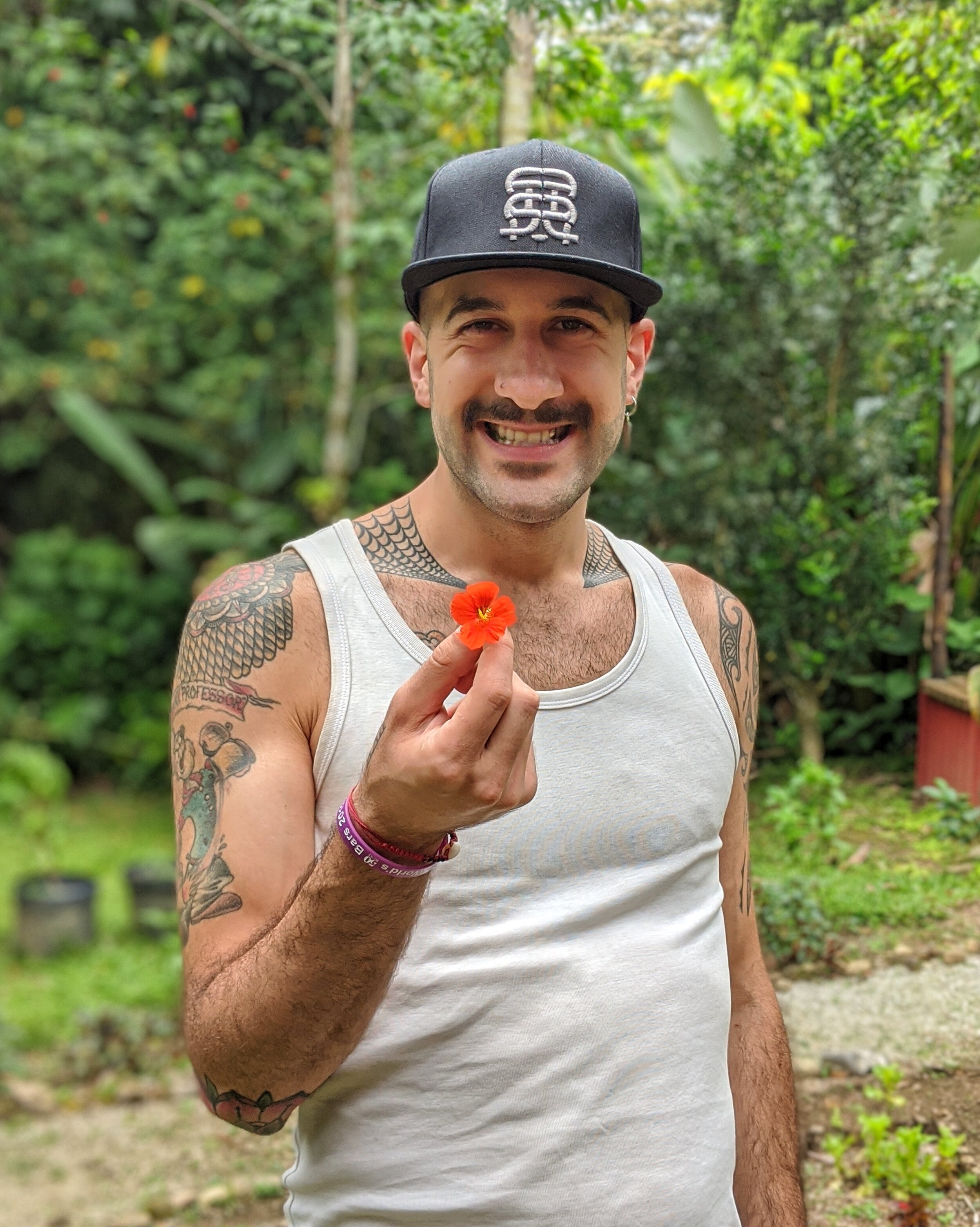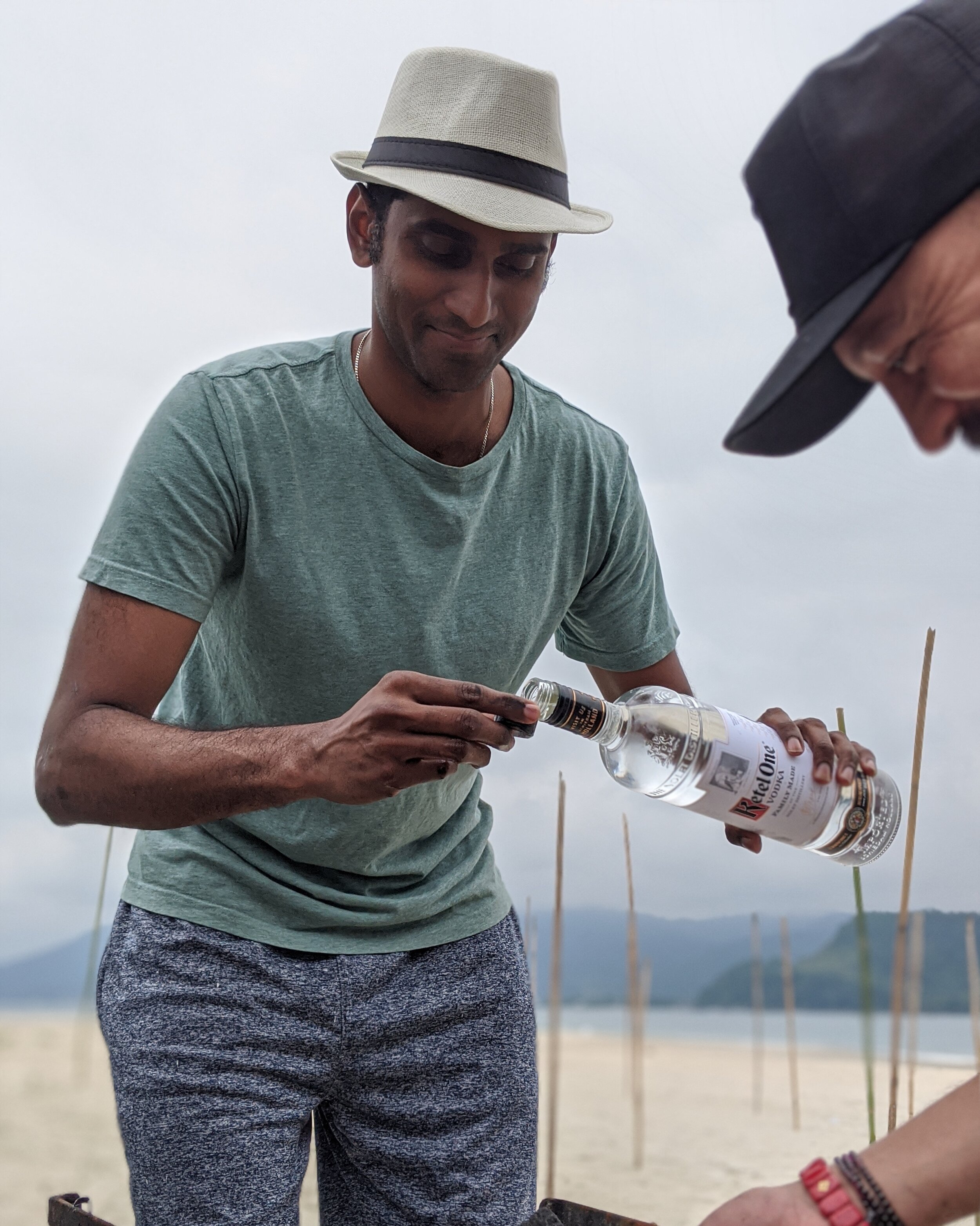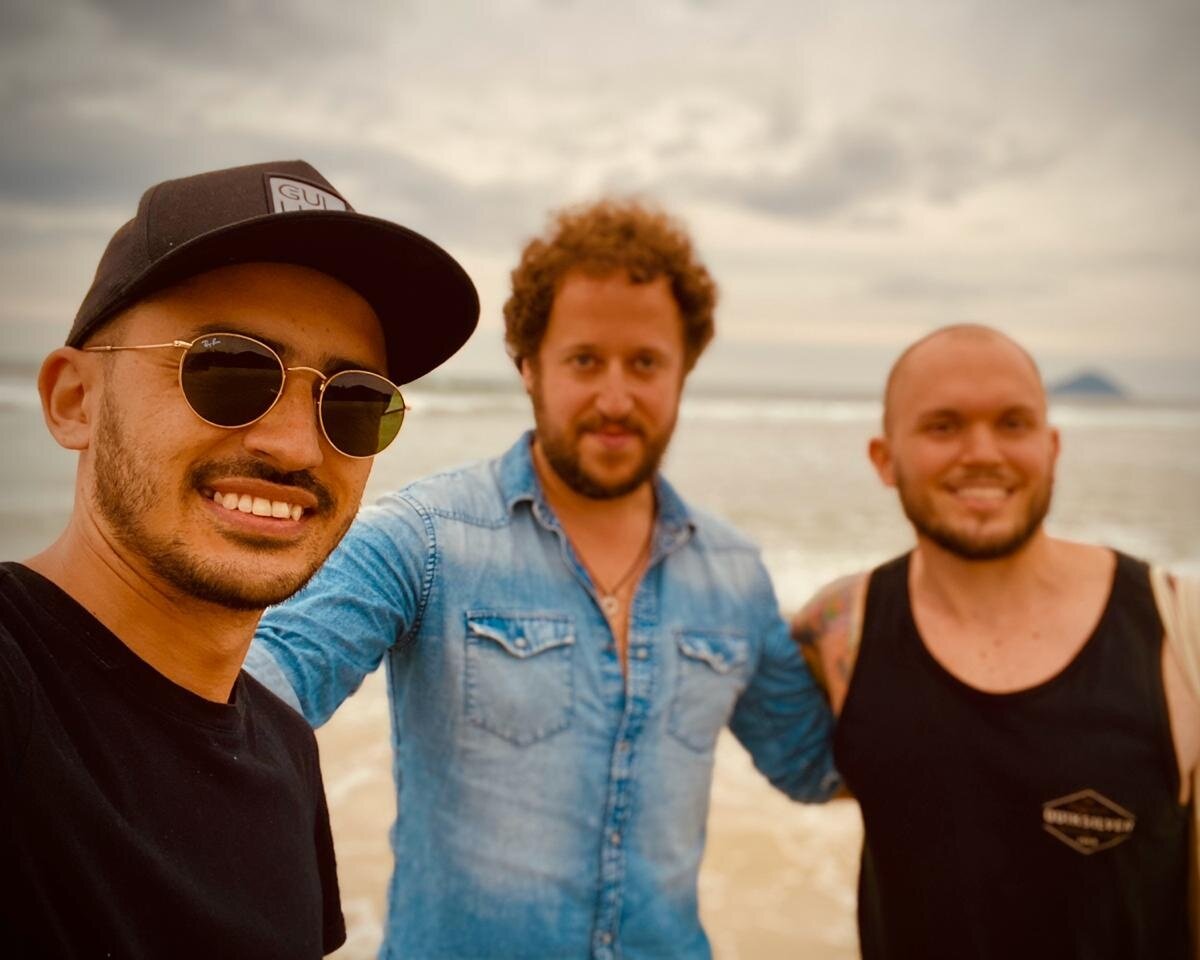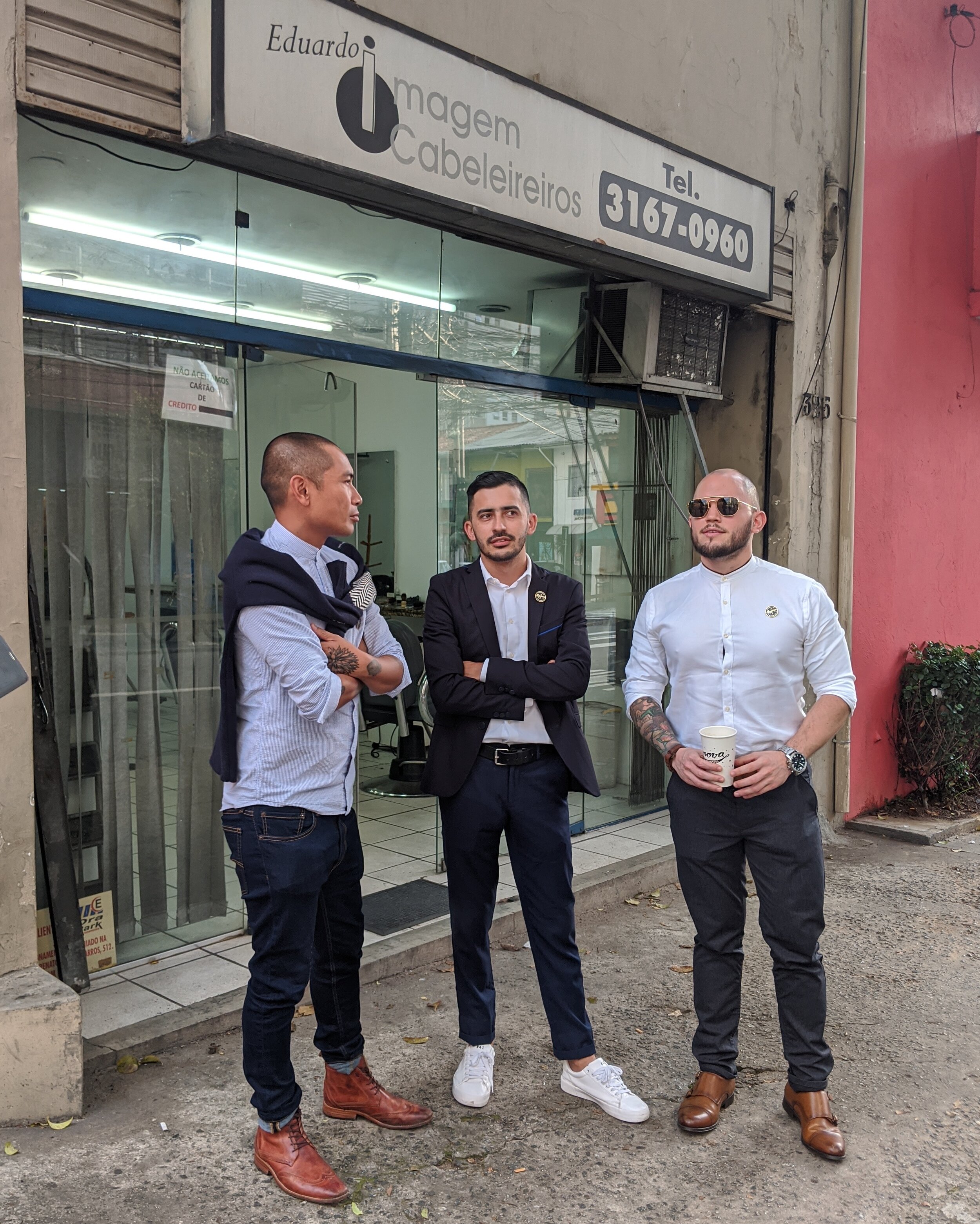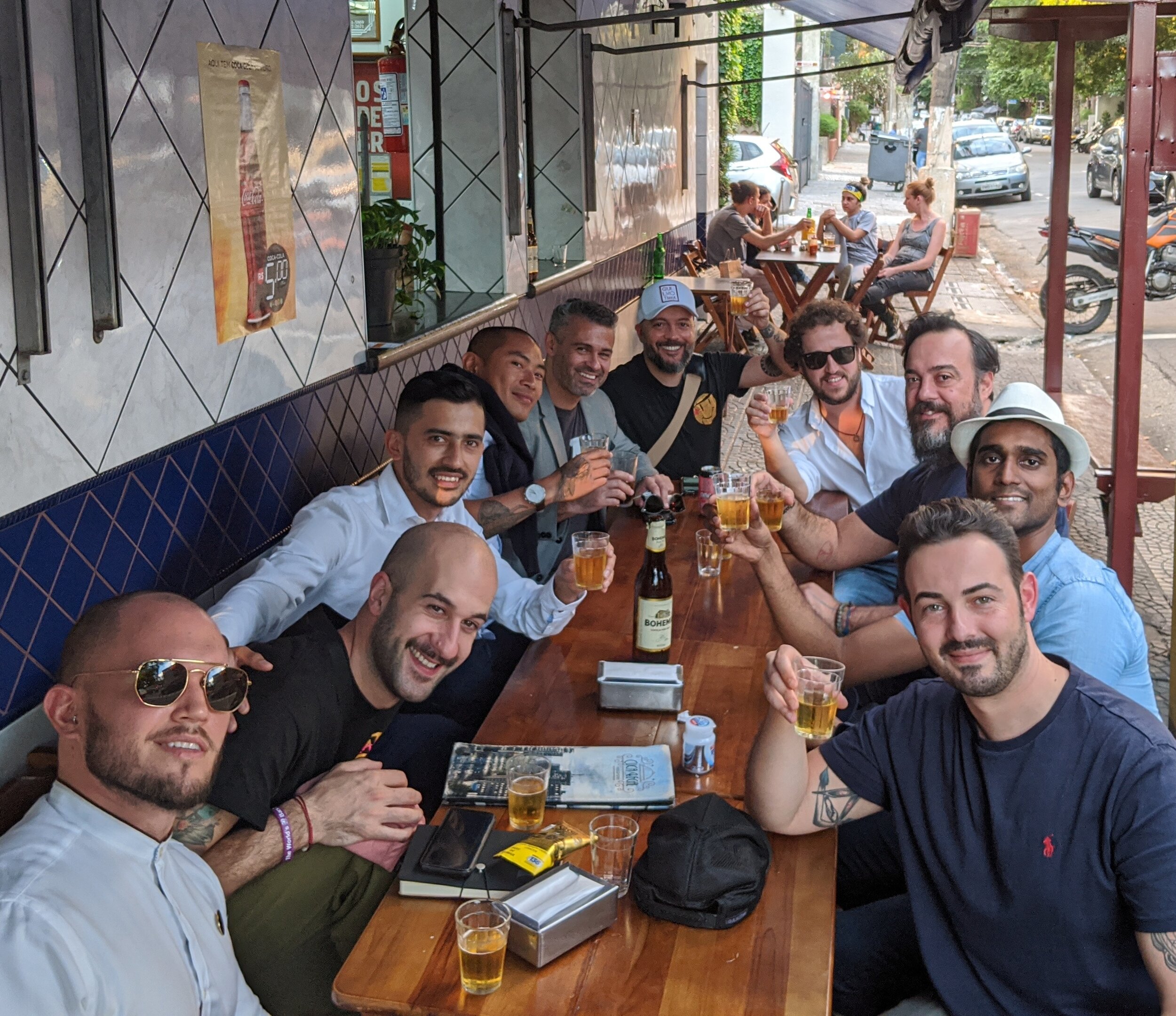São Paulo
In December 2019, Márcio Silva hosted a few friends in Sao Paulo, including myself, Vijay Mudaliar, Tato Giovannoni, Jean Trinh, Miguel Angel Mora, Marcello Arredondo, Mario Farulla, Fabio La Pietra and Omar Chamorro. It was a beautiful trip where I had the chance to form strong bonds with fantastic people from around the world. It was my first trip to Latin America and I will forever be thankful to Márcio for showing us his beautiful country, people, food and drink.
D.O.M.
Alex Atala began his restaurant career at the age of 19 by studying at the Hospitality School of Namur, in Belgium. From there, we worked in French restaurants owned by Jean Pierre Bruneau and Bernard Loiseau, and had an internship at the Hotel de la Cote D’Or. After jobs in Montpellier and Milano, he returned to São Paulo in 1994, where he became well known thanks to his cuisine at restaurants Filomena and 72. In 1999, he began his career as chef-owner of Namesa and in same year he opened the D.O.M. Restaurant, forever changing the panorama of Brazilian cuisine.
With D.O.M., Atala showcases Brazilian ingredients that have been largely ignored such as açaí, pupunha and cupuaçu. Fast forward 20 years later and D.O.M. is considered one of the greatest restaurants in the world, that is constantly exciting lovers of haute cuisine with its revelations about the cuisine and ingredients from Brazil. D.O.M. stands for Deo Optimo Maximo, which translates as 'To God, The Good, The Great'. The Benedictine motto was often used to indicate places where weary pilgrims could eat and rest. Thanks to Márcio, I had the great privilege of dining at D.O.M. and experience the outstanding cuisine of Atala with the ‘Maximus’ 12-course tasting menu.
The high ceilinged dining room set the mood for a relaxing adventure through the little known flavors of Brazil. To Vijay's delight, the meal started off with a bang with Atala's signature Amazonion ants, a surprisingly delicious explosion of lemongrass and ginger with pineapple and paired with cachaça.
The highlight of the meal was the Manioc served in different ways: manioc "beiju" (indigenous bread), Manioc farofa with mullet bottarga, puffed manioc, manioc mille-feuille, manioc cream, and Pao de quiejo (cheese bread). For Atala, manioc is one of his favorite Brazilian ingredients "For us in South America, manioc is as important as rice is to Asian cuisine or wheat to European cuisine. We can do everything with it. We can deep fry or mash it, we can make flour and alcohol drinks with it, or pancakes that we call tapioca."
Another spectacular dish was the hump steak, served with baroa potato and wild Brazilian vanilla. No the hump is not from a camel, but from an indigenous humped South American cow. Equally memorable was Aligot toffee, a sticky mix of Minas and Gruyere cheeses and potatoes which is brought by the waiter on a spoon to the table.
Without a doubt, D.O.M. was the most adventurous meal of my life, and for me the best gourmet dining experience outside of Europe. Thank you Marcio for showing me the best of Brazil <3.
Amazonian ant
Tapioca, langoustine and coconut
Heart of palm, vatapà, coconut milk and blue taro
Pirarucu (Amazonian river fish), paçoca, and fish broth paired with Pipeno Pais 2016 Roberto Henriquez
Atala toasting manioc flour (farinha) at Dona Brasi's farm outside São Gabriel. Photograph: Edu Simões for Observer Food Monthly
Hump steak, baroa potato and wild Brazilian vanilla
Aligot toffee (Photo by https://www.notasdesabor.com.br/aligot)
Tapioca and rapadura mochi and mate herb ice cream
ASTOR/SubAstor
SubAstor is located in the basement of Bar Astor, a café with a vintage 50s vibe that is reminiscent of Dante, but with South American flair. I was given a tour of SubAstor by the creative director Fabio La Pietra, an Italian who moved to Brazil 7 years ago. With several important experiences in Italy and London under his belt, La Pietra’s aim is to bring high level international mixology to SubAstor, with inspiration from the native ingredients from a land he’s made his own. You’ll find drinks made with local cachaça, caju and cambuci fruit, açaí berries, cocoa, chimarrão, (2) single origin Brazilian coffee, and even (3) single origin honey! But you'll also find international favorites such as dry vermouth, gin, and bourbon to complete the well-rounded drink list.
The flagship cocktail on the current menu is Bijoux Caju, with gin, hopped white vermouth, falernum, lime, and Mocororó, made from fermented juice pressed from caju, the same fruit which produces cashew nuts. The juice is left in the open air until fermentation starts, and then is put in clay containers which are buried in hot sand for several months. Bijoux Caju is served in a beautiful artisan clay container with a cashew nut design on the lid to remind you of the delicious ferment inside. Bijoux Caju was my favorite drink consumed in Brazil thanks to a unique tartness from the Mocororó.
My second favorite on the list is the refreshing Butiá with gin, sauvignon blanc, orgeat and butiá, the fruit from a native palm tree. Not to be missed is the elegant, fruity and complex Açaí with bourbon, tequila blanco, and four delicious ingredients from South America: açaí berry, acerola, pineapple and my favorite ingredient on the planet, tonka bean.
A must stop on your tour of South America, expect big things from SubAstor in the years to come. Thanks to Alex, Ricardo, Italo, Diougo for the great mixed drinks and hospitality and Bruna for not laughing at me for breaking the door at SubAstor.
Astor
SubAstor
Jiquitaia
Jiquitaia is a 12-year old modern Brazilian restaurant bar that has recently changed locations after the quarantine. Siblings Nina Pinto and Marcelo Corrêa Bastos (pictured below), have developed a concept which focuses on country side dishes that highlight the different regional cuisines of Brazil such as cozinha caipira and cozinha do sertão . The name of the restaurant, a pepper produced by the Baniwa Amazonian tribe, reminds us of the ethos of Jiquitaia. The restaurant bar is furnished to give a cozy atmosphere that will make you feel at home. The menu changes often, but always offers one starter, main and dessert at an honest price.
The wine selection is excellent thanks to Nina’s husband Bernardo Pinto, one of Brazil’s most respected wine experts. Running the bar program is David Moraes (photo below), who has designed an intriguing drink list focusing on Brazilian ingredients. Highlights (photos below) include Batida de Coquinho Butiá with cachaça, jiquitaia, and butiá, the small, yellow coconut-like fruit also cherished by Fabio La Pietra of SubAstor and Si Hay Coentro Soy Contra with gin, coriander and Morada Cupuaçu Beer.
From the menu, don’t miss the grilled mushrooms glazed in beef fat and the barbecued fish of the day (pictured with the local Pescada Cambucu fish) with Cassava porridge.
Tan Tan
Attracting the coolest crowd in Sao Paulo, Tan Tan is an Asian noodle house/cocktail bar located in the trendy Pinheiros neighborhood. Owner Thiago Bañares, a São Paulo native from Guaraçaí, first opened Tan Tan Noodle Bar 5 years ago. After an internship with Alex Atala at DOM, Thiago fell in love with the restaurant business. However, his culinary passion can be traced back to his grandfather, and the Katsu Sando (fried pork belly sandwich, pictured below). Although it is a rather simple sandwich, it is very important to Thiago. When he was a young boy, Thiago’s grandfather’s favorite dish was batter fried meatballs served with soft bread. Upon further research, Thiago found that the dish is part of Japanese culture and a sandwich commonly served on the bullet trains in Japan. Thiago was also introduced to other oriental dishes from his grandfather of Chinese ancestry, who was a cook in the Navy.
One particular cooking style that caught Thiago’s attention is called Chūka, a Japanese cuisine influenced by Chinese tradition. Japanese immigrants often open sushi restaurants due to their popularity, with Chūka cuisine, which focuses on hot noodle and meat dishes, rarely considered. Thiago strives for simplicity and elegance with his cooking at Tan Tan, combining the techniques of Chūka cuisine and international gastronomy, while always valuing local ingredients. Tan Tan has one of the best ramen in the country and also delicious gyozas.
The cocktail program at Tan Tan is managed by Alex Mesquita, a very successful bar consultant in SP and Rio who also has a huge heart. The bartenders are all top caliber at Tan Tan, and focus on easygoing aperitivo style drinks that don’t overwhelm the palate so that they pair well with the savory food. Tan Tan’s cocktails have a great personality and are a tribute to the classics of the past. The team adds a personal touch to their signatures, and takes prides in a beautiful presentation and perfect ice. A great representation of their cocktail program is the slightly bitter Tan Tan Club, a hybrid Turf Club/Pegu Club with brandy de Jerez/Jerez fino, vermouth rosso, orange bitters and pineapple syrup (final photo in the sequence).
Photos of Alex by Tati Frison
Photo of Thiago by William Baglione
Supernova
Supernova Coffee is a micro roastery and coffee shop, with headquarters in Curitiba-PR. Supernova prides itself on forming personal relationships with all those involved in the coffee chain, from the fields to the cup. Supernova is the leading barista educator in Brazil, with the Supernova Coffee HUB in Curitiba certified as a SCA Premier Training Campus, offering courses such as Q-Grader, Roasting, Barista, Brewing and Sensory Skills. In Sao Paulo, I was treated to a great Aeropress from barista Marina.
Coffee Lab
The Coffee Lab is a cafe and roastery focused on Brazilian specialty coffee. The experts at the Coffee Lab test numerous roasting profiles for each microlot, to achieve the best possible expression of a given coffee. In addition, the Coffee Lab has a school which trains baristas in the region. The cafe itself is a beautiful and relaxing space which is the ideal setting for enjoying a pourover. One nice touch is that the baristas come over to your table to finish the brewing process. Our charming barista Jessica explained the details behind my coffee and her personal V60 method.


